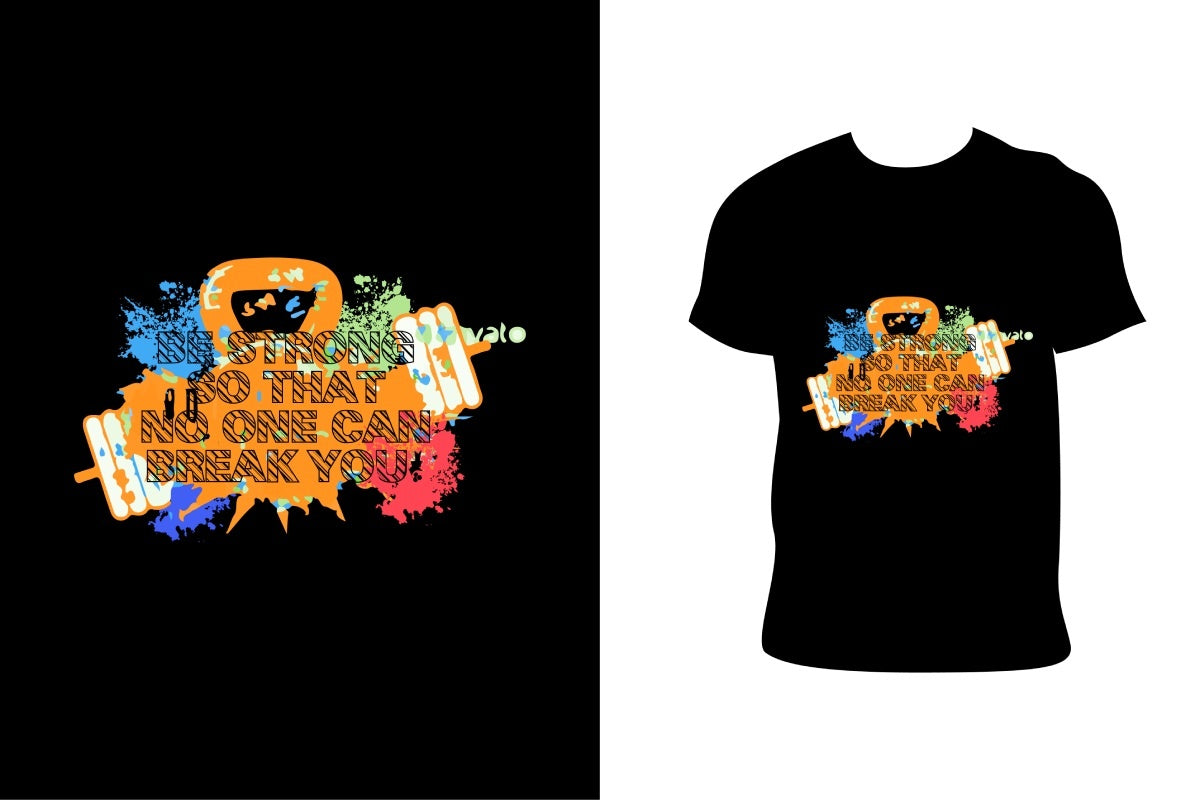
DTF Transfer Care: Make Prints Last Long
Why Proper DTF Transfer Care is Important
Ensuring the longevity of a DTF transfer print depends on proper handling, washing, and storage techniques. Unlike traditional printing methods, DTF prints adhere to fabric through heat and adhesive bonding, making them resistant to cracking and fading when maintained correctly. Taking the right care steps helps preserve the vibrancy, texture, and durability of any DTF transfer print.
Washing Guidelines for Long-Lasting DTF Transfer Prints
Washing plays a crucial role in maintaining a DTF transfer. Garments should be turned inside out before washing to protect the print from direct friction with other fabrics. Using cold water and mild detergent helps prevent damage to the DTF ink. Harsh chemicals, such as bleach and fabric softeners, should be avoided, as they weaken the adhesive of the DTF transfer, leading to premature peeling or fading.
Drying Techniques to Prevent DTF Transfer Damage
High heat exposure can significantly affect a DTF transfer print. Instead of using a dryer, air drying is the best option to preserve the quality of the print. If machine drying is necessary, selecting a low-heat setting reduces the risk of ink degradation. Excessive heat from tumble drying can cause a DTF print to become brittle, leading to cracks and a rough texture. Avoiding direct sunlight while drying further prevents fading.
Ironing and Heat Protection for DTF Transfers
Ironing a garment with a DTF transfer print requires extra care to avoid damaging the design. Directly applying heat to the print can cause distortion or ink lifting. Using a pressing cloth or flipping the garment inside out before ironing protects the DTF surface. Selecting a low-temperature setting and avoiding steam helps maintain the structural integrity of the DTF transfer for extended wear.
Proper Storage Methods to Keep DTF Transfer Prints Intact
How a garment is stored directly impacts the longevity of a DTF transfer. Storing clothes in a cool, dry place prevents moisture buildup, which can weaken the adhesive bond. Folding garments with prints inside helps avoid pressure marks or peeling from constant rubbing. For stacked storage, placing a protective sheet between layers can further safeguard the DTF print from unnecessary stress.
How Fabric Type Affects DTF Transfer Durability
Different fabrics react differently to a DTF transfer. Cotton and polyester blends tend to hold prints well, while textured or heavily elastic materials may require more careful maintenance. Stretching a fabric excessively can weaken the DTF ink’s bond, causing cracks over time. Understanding the fabric composition before applying a DTF transfer ensures a print remains flexible and durable for an extended period.
Fixing Peeling or Fading DTF Transfers
If a DTF transfer begins peeling, reapplying heat with a protective sheet can help re-bond the print to the fabric. Using the correct heat press settings, even after initial application, strengthens the DTF adhesive and prevents further peeling. Fading is often a result of incorrect washing techniques, so adjusting laundry habits can restore and extend the life of a DTF transfer.
Conclusion
Maintaining a high-quality DTF transfer requires proper washing, drying, ironing, and storage practices. By following these essential care techniques, DTF prints remain vibrant, flexible, and durable for extended periods. Taking small precautions in handling, washing, and storing garments ensures that every DTF transfer print lasts longer while retaining its original sharpness and color.
FAQ
- How often should I wash garments with a DTF transfer?
- To extend the life of a DTF transfer, wash garments only when necessary and use cold water.
- Can I put DTF-printed garments in the dryer?
- It is best to air dry DTF prints, but if using a dryer, choose a low-heat setting to avoid damage.
- How can I prevent a DTF transfer from peeling?
- Washing inside out, using mild detergent, and applying a second heat press if necessary can prevent peeling.
- What is the best way to iron a DTF transfer?
- Iron the garment inside out or use a pressing cloth over the DTF transfer to protect the print.
- Can I use bleach on a DTF-printed garment?
- No, bleach weakens the DTF adhesive and can cause the print to fade or peel.
- Why is my DTF transfer cracking after a few washes?
- Overexposure to high heat during drying or stretching the fabric excessively can cause cracking.
- How should I store clothes with DTF transfers?
- Store in a cool, dry place, fold garments inside out, and avoid excessive pressure on the print.
- Can I apply heat again to fix a peeling DTF transfer?
- Yes, reapplying heat with a protective sheet and moderate pressure can help rebond the DTF transfer.
- What type of detergent should I use for DTF prints?
- Mild detergents without harsh chemicals help preserve the quality of DTF prints.
- Does the fabric type affect how long a DTF transfer lasts?
- Yes, smooth fabrics like cotton and polyester maintain DTF transfers better than textured or heavily elastic materials.
